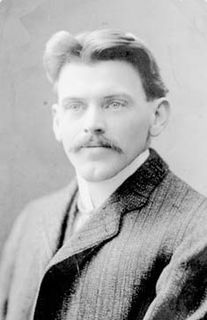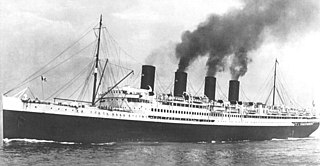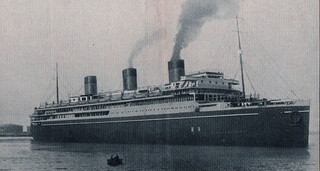| Name: | Stella Maris |
| Owner: | Halifax Trading & Sealing Co (c.1917–) |
| Builder: | Samuda Bios |
| Launched: | 1882 |
| Type: |
 A gunboat is a naval watercraft designed for the express purpose of carrying one or more guns to bombard coastal targets, as opposed to those military craft designed for naval warfare, or for ferrying troops or supplies.  A tug is a type of vessel that maneuvers other vessels by pushing or pulling them either by direct contact or by means of a tow line. Tugs typically move vessels that either are restricted in their ability to maneuver on their own, such as ships in a crowded harbor or a narrow canal, or those that cannot move by themselves, such as barges, disabled ships, log rafts, or oil platforms. Tugboats are powerful for their size and strongly built, and some are ocean-going. Some tugboats serve as icebreakers or salvage boats. Early tugboats had steam engines, but today most have diesel engines. Many tugboats have firefighting monitors, allowing them to assist in firefighting, especially in harbors. |
| Tonnage: | 229 |
| Length: | 124.5 ft (37.9 m) |
| Beam: | 23.6 ft (7.2 m) |
| Depth: | 12.2 ft (3.7 m) |
Stella Maris (from the Latin for "star of the sea") was a steamship built in 1882 as the Royal Navy gunboat HMS Starling and converted to steam tug in 1905. Stella Maris played a major role in the events of the Halifax Explosion in 1917.

A steamship, often referred to as a steamer, is a type of steam powered vessel, typically ocean-faring and seaworthy, that is propelled by one or more steam engines that typically move (turn) propellers or paddlewheels. The first steamships came into practical usage during the early 1800s; however, there were exceptions that came before. Steamships usually use the prefix designations of "PS" for paddle steamer or "SS" for screw steamer. As paddle steamers became less common, "SS" is assumed by many to stand for "steam ship". Ships powered by internal combustion engines use a prefix such as "MV" for motor vessel, so it is not correct to use "SS" for most modern vessels.
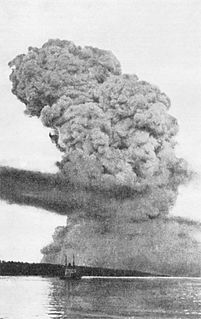
The Halifax Explosion was a maritime disaster in Halifax, Nova Scotia, Canada, which happened on the morning of 6 December 1917. The Norwegian vessel SS Imo collided with SS Mont-Blanc, a French cargo ship laden with high explosives, in the Narrows, a strait connecting the upper Halifax Harbour to Bedford Basin, causing a large explosion on the French freighter that devastated the Richmond district of Halifax. Approximately 2,000 people were killed by the blast, debris, fires or collapsed buildings, and an estimated 9,000 others were injured. The blast was the largest man-made explosion at the time, releasing the equivalent energy of roughly 2.9 kilotons of TNT (12,000 GJ).
Stella Maris was built in Poplar, England in 1882 by Samuda Bios as a Banterer-class gunboat, HMS Starling. The vessel was 124.5 feet (37.9 m) long, 23.6 feet (7.2 m) wide, and 12.2 feet (3.7 m) deep, and had a tonnage of 229. Starling was composite-built (wooden planks on iron frames) and armed with two 6-inch and two 3.75-inch guns. Starling was sold for merchant service in 1905. [1]

The Banterer-class gunboat was a class of eleven gunboats mounting two 6-inch and two 4-inch guns, built for the Royal Navy between 1880 and 1892.
Tonnage is a measure of the cargo-carrying capacity of a ship. The term derives from the taxation paid on tuns or casks of wine. In modern maritime usage, "tonnage" specifically refers to a calculation of the volume or cargo volume of a ship. Tonnage should not be confused with displacement, which refers to the actual weight of the vessel. Tonnage is commonly used to assess fees on commercial shipping.
As Stella Maris, the tug was owned by Halifax Trading & Sealing Co, run by James Augustus Farquhar. [2]
James A. Farquhar was a master mariner and captain in the late 19th and early 20th century Nova Scotia known for his success in sail, steam, sealing and salvage.
On 6 December 1917, Stella Maris, with Captain Horatio Harris Brannen and 23 others aboard, was towing two scows near mid-channel in the Narrows of Halifax Harbour leading into Bedford Basin. Shortly before the explosion, the tug had to hastily change course to avoid the outbound SS Imo which was departing Bedford Basin. Imo then collided with Mont Blanc , a French munitions ship. The collision started a fire on Mont Blanc, forcing the crew to evacuate. The burning ship then began drifting towards Halifax's Pier 6 on the western shore. [3] Stella Maris anchored its barges to respond to the fire and approached the burning munitions ship, spraying the flames with its fire hose. As the fire was too intense to stop with a single fire hose, the Stella Maris's crew began to prepare a towline to pull the French vessel away from Pier 6 and prevent the fire from spreading ashore. The crew were in the process of retrieving a ten-inch hawser from the hold to assist a party of volunteers from HMCS Niobe's steam pinnace in securing a line to Mont Blanc. Before this could be done, the explosion occurred. [4]

Halifax Harbour is a large natural harbour on the Atlantic coast of Nova Scotia, Canada, located in the Halifax Regional Municipality.
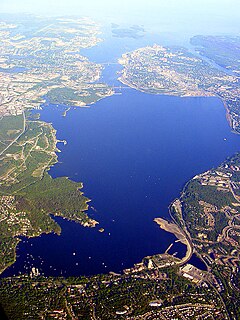
Bedford Basin is a large enclosed bay, forming the northwestern end of Halifax Harbour on Canada's Atlantic coast. It is named in honour of John Russell, 4th Duke of Bedford.

SS Imo was a steamship that served in passenger and freight trades and later as a whaling supply ship. Christened SS Runic, she was bought, sold and renamed numerous times during her career. In 1917, Imo was under Norwegian registry chartered by the Belgian Relief Commission to bring supplies to war-ravaged Europe.
The Halifax Explosion was the largest man-made blast prior to the Trinity test of the atomic bomb. Stella Maris was severely damaged and thrown up on the beach near Pier 6 with the bow ashore and the shattered stern submerged. Nineteen of the crew were killed, including Captain Brannen, but five managed to survive and two provided important eyewitness testimony at the investigation into the disaster. [5] The tug was salvaged and rebuilt for service in the First World War. [2] [6] [7]

